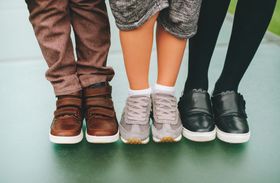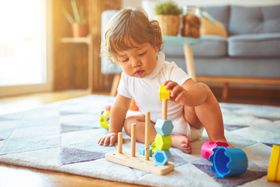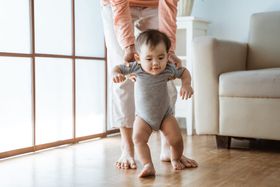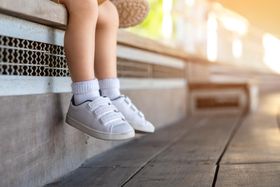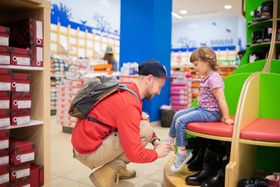First Walkers Answers
Our team of experts answers parents' frequently asked questions about their babies' first steps, learning to walk, and the type of footwear they require for healthy growth and development.
Recent Answers
What Causes Babies’ Feet to Turn Red?
A baby's skin can change colour for several reasons. Understanding the potential causes can help you address and prevent redness on your baby's feet, ensuring the little one's skin remains healthy and
Asked 2 months ago
How to Label Your Child’s School Shoes
If you've ever had to ask your child, "Where on earth are your shoes?" you understand the need to label them. Kids often take their shoes off in various areas of the school. During PE classes, they us
Asked 3 months ago
Why Do My Toddler’s Feet Look Yellow?
As parents, our radar is permanently tuned to our children's well-being. Every cough, every sniffle, every change in skin tone sets our hearts racing. So when you notice a curious yellow tint on your
Asked 3 months ago
First Steps to Footwear: Knowing When to Buy Baby Shoes
Introducing shoes to your baby for the first time is a significant milestone in their development. Proper footwear protects their delicate feet and supports their growing bones and muscles as they beg
Asked 3 months ago
Why Do Toddlers' Feet Peel? Exploring Possible Causes
Is your toddler experiencing discomfort from peeling feet? This common issue often stems from the delicate nature of their skin, prone to dryness and other conditions. Typically, the skin around the t
Asked 3 months ago
Related Articles
Recent Posts
Babafemi Adebajo
4 Best Shoe Brands for Kids: From Pre-Walkers to Teens
Jasrah Javed
Top 5 Cute Pink Shoes for Little Girls
Ruchita Dhavade
10 Best Kids Shoes for Tippy-Toe Walkers: Walk With Ease
George Croft
